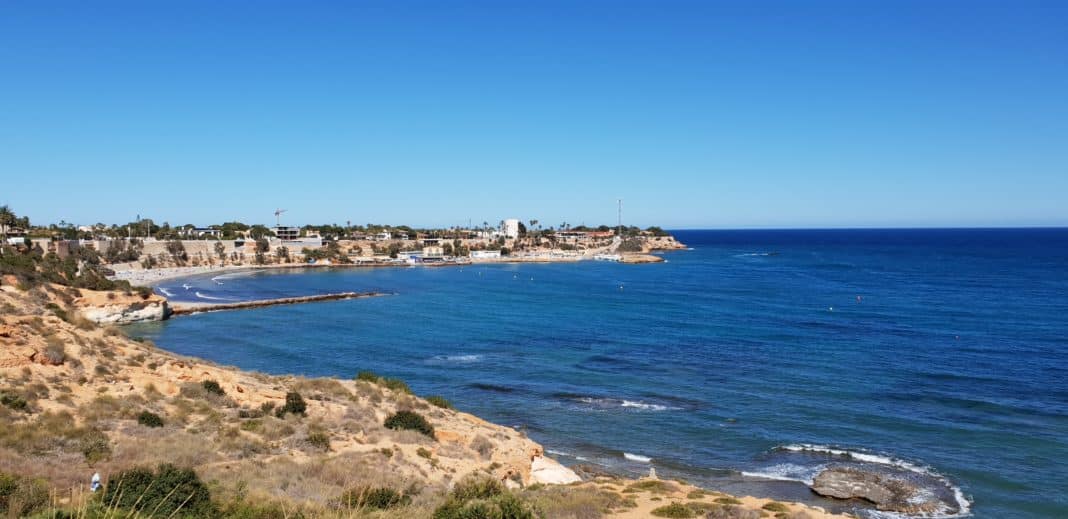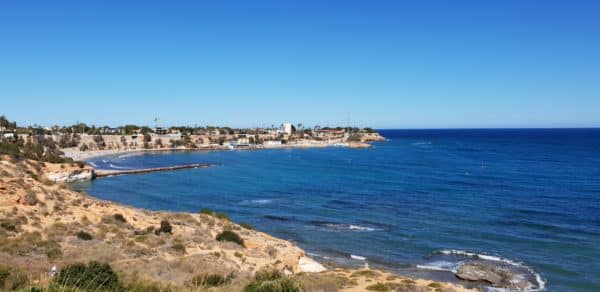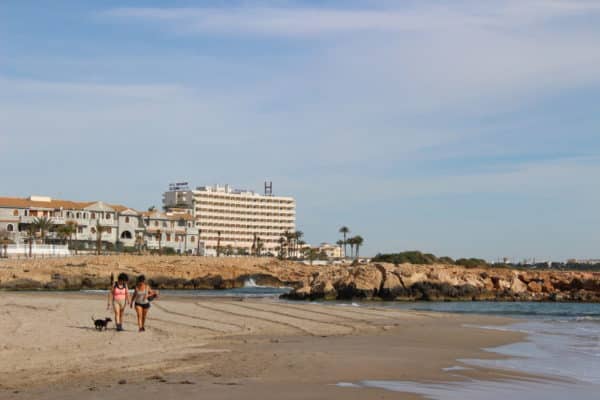The Cabo Roig y Lomas Neighbourhood Association has drawn up the ‘Orihuela Costa Neighbourhood Minimum Program’, a 17 page document, that is the result of a consultation among its 300 members, in which they list the critical and priority actions that are necessary to put an end to the historical shortfall of services and infrastructure suffered by the coast.
In total, the document details 110 proposals that the City Council must undertake to solve the serious deficiencies. They warn that “Orihuela Costa needs a comprehensive and urgent plan of investment, for four years, that ensures the implementation of most of the measures proposed in the program, based on the reality of the current deficiencies” .
The document has been prepared on the eve of the municipal elections and, as such, it will be issued to all of the party leaders, so that they can validate the needs of the residents who live on the coast.
The association insist it is necessary that this plan be supported by “solid and credible budgetary values”, and that it be managed by “a credible grouping that is led by someone with the appropriate status”.
With a neighbourhood movement that is made up with a number of different associations, which is not common in other areas of the Vega Baja, the result of growing discontent and indignation due to the inadequate investment by the Oriolan administration into one of its main districts, the Coast has claimed for decades that it warrants more investment.
In recent months the winds of independence are blowing once again, emerging once again under the patronage of the Party for the Independence of Orihuela Costa (PIOC).
The minimum program speaks of “administrative decentralization” through the creation of the Department of the Coast, with a deputy mayor in charge, and who has a team, and the necessary finance, under his control that is sufficient to meet all the needs of Orihuela Costa. This includes the strengthening of Urbanism and Infrastructures and the approval of a specific annual budget for the Coast.
Just as they require each of the parties to specify the economic aspects to carry out such commitments in their electoral programs, the association has also provided an estimate of the income necessary to carry out the improvements in the basic services that the area needs.
They also highlight the budget expenditure per inhabitant in the municipality of Orihuela (average of the last 5 years) is 1,021 euros per resident per year, lower than that of the surrounding municipalities: in Torrevieja it is 1,134 euros (11% more than Orihuela), in Guardamar del Segura 1,149 (13% more) and in Pilar de la Horadada 1,422 (39% more).
The 110 proposals include the preparation of a new General Plan for Sustainable Urban Planning of the municipality, duly regulating the construction of new housing and adapting it to the limitations of water resources and mobility due to the characteristics of the N-332.
They say that the proposals will “return to Orihuela Costa the splendour it had years ago , placing the level of its services and infrastructure at the level of the beauty of its landscapes and wonderful beaches”. They want the Orihuela Costa to “no longer be invisible to those who govern the municipality”, since “the Coast contributes more than enough to the income of the Orihuela City Council” to achieve all this and more.








